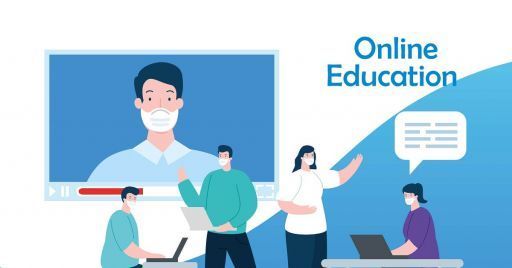

How the pandemic changed eLearning
During the pandemic, eLearning showed its immense potential. How has the industry changed in recent months?
How the pandemic changed eLearning
During the pandemic, eLearning showed its immense potential. How has the industry changed in recent months?
The COVID-19 pandemic has caused momentous changes globally in both personal and professional lives. While the situation is gradually receding, many of the transformations that have occurred in recent months, such as smart working and distance learning, will no longer be reversible, or at least not completely.
Even eLearning, which has accelerated astoundingly, has been reshaped by the aftermath of the pandemic. Here's how this crisis has affected the online learning industry on a personal, school and corporate level:
- On an individual level: especially during the lockdown, most people were forced to stay home. Hours were spent between video calls with friends, TV series and new recipes. However, some of the population decided to devote some of those hours to training. For this, there has been a high demand for online courses that, even if it will not remain at the same levels found during the pandemic, has created a permanent habit for many people.
- At the school level: schools and universities have had to "move" overnight from the classroom to virtual classrooms. Online learning was critical to prevent months of training and education from being lost. Now that a large portion of the school population is returning to the classroom, it's likely that many of the eLearning solutions that worked best during the pandemic will continue to play an important role in school learning.
- At the enterprise level: in companies, smart working has revolutionized the traditional way of working. Not only that. The training that employees usually received onsite has had to be transformed into virtual. eLearning and webinars have been the lifeline for many months when workshops and conferences were impossible to do in the traditional way. Many workers are returning to the office, but at the same time, thanks to the many benefits of online training, there will be many companies that will continue to use this modality for continuing education for their employees.
Online course design is also readjusting after months in which new course offerings had to adapt quickly in a matter of weeks. For the eLearning industry, the time has come to gather all the data, positive and negative, of the last few months and readjust tools but also strategies to be flexible to meet the new demands of individuals, companies and schools. Topics such as accessibility or innovation of eLearning platforms are just some of the challenges that await experts in the online learning industry.
Translated with www.DeepL.com/Translator